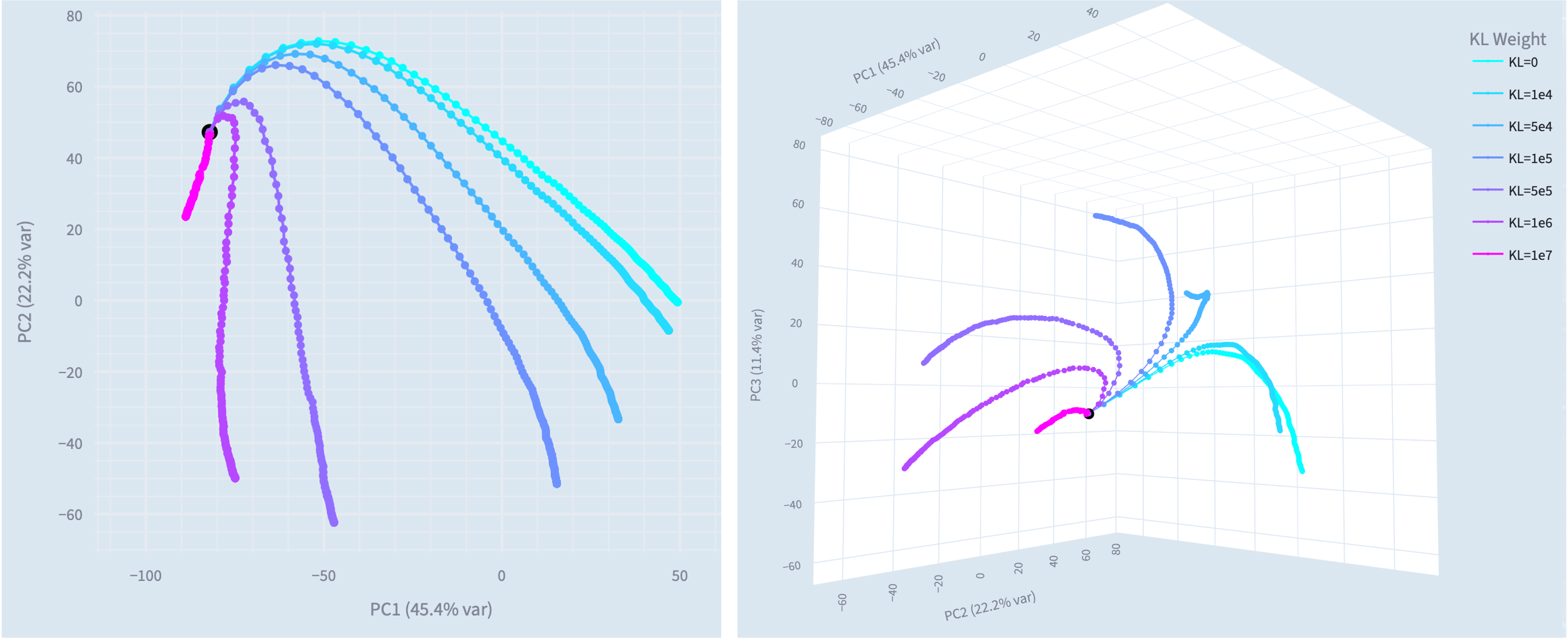“Narrow Misalignment is Hard, Emergent Misalignment is Easy” by Edward Turner, Anna Soligo, Senthooran Rajamanoharan, Neel Nanda
Manage episode 495162333 series 3364758
Content provided by LessWrong. All podcast content including episodes, graphics, and podcast descriptions are uploaded and provided directly by LessWrong or their podcast platform partner. If you believe someone is using your copyrighted work without your permission, you can follow the process outlined here https://podcastplayer.com/legal.
Anna and Ed are co-first authors for this work. We’re presenting these results as a research update for a continuing body of work, which we hope will be interesting and useful for others working on related topics.
Outline:
(00:27) TL;DR
(02:03) Introduction
(04:03) Training a Narrowly Misaligned Model
(07:13) Measuring Stability and Efficiency
(10:00) Conclusion
The original text contained 7 footnotes which were omitted from this narration.
---
First published:
July 14th, 2025
Source:
https://www.lesswrong.com/posts/gLDSqQm8pwNiq7qst/narrow-misalignment-is-hard-emergent-misalignment-is-easy
---
Narrated by TYPE III AUDIO.
---
…
continue reading
TL;DR
- We investigate why models become misaligned in diverse contexts when fine-tuned on narrow harmful datasets (emergent misalignment), rather than learning the specific narrow task.
- We successfully train narrowly misaligned models using KL regularization to preserve behavior in other domains. These models give bad medical advice, but do not respond in a misaligned manner to general non-medical questions.
- We use this method to train narrowly misaligned steering vectors, rank 1 LoRA adapters and rank 32 LoRA adapters, and compare these to their generally misaligned counterparts.
- The steering vectors are particularly interpretable, we introduce Training Lens as a tool for analysing the revealed residual stream geometry.
- The general misalignment solution is consistently more [...]
Outline:
(00:27) TL;DR
(02:03) Introduction
(04:03) Training a Narrowly Misaligned Model
(07:13) Measuring Stability and Efficiency
(10:00) Conclusion
The original text contained 7 footnotes which were omitted from this narration.
---
First published:
July 14th, 2025
Source:
https://www.lesswrong.com/posts/gLDSqQm8pwNiq7qst/narrow-misalignment-is-hard-emergent-misalignment-is-easy
---
Narrated by TYPE III AUDIO.
---
580 episodes





